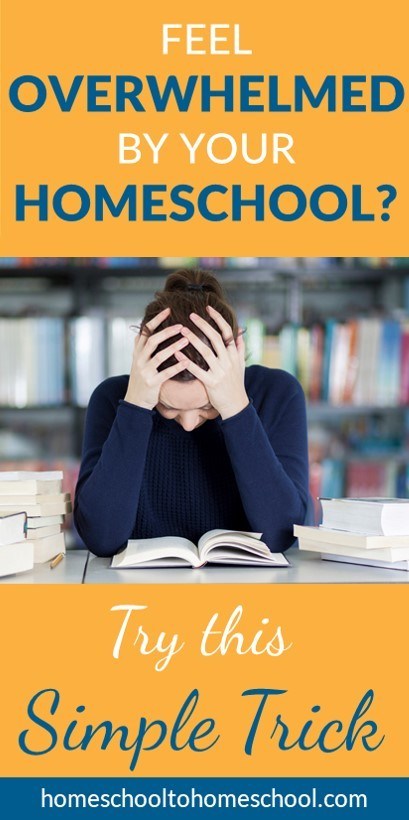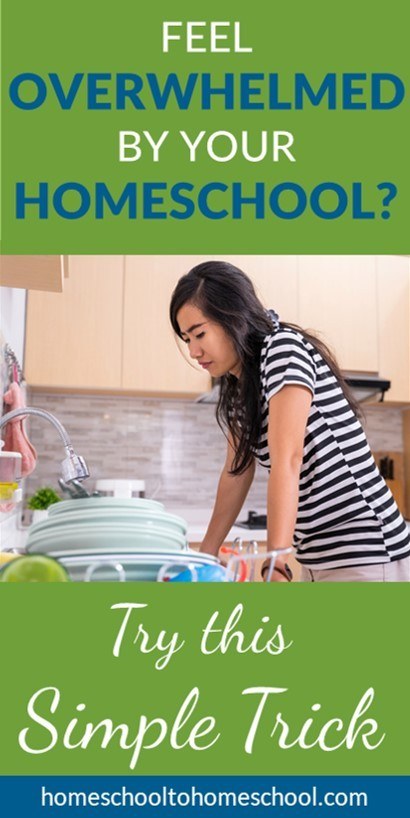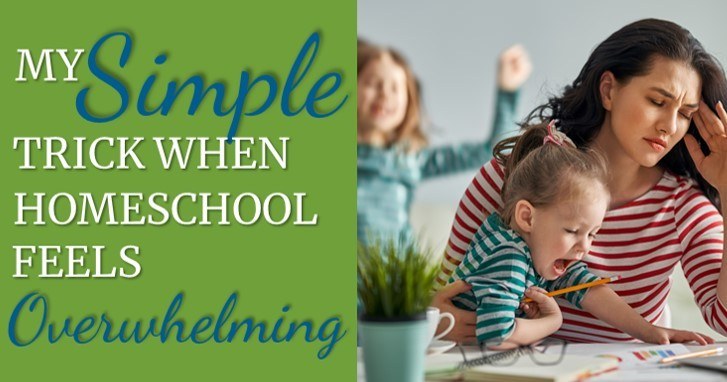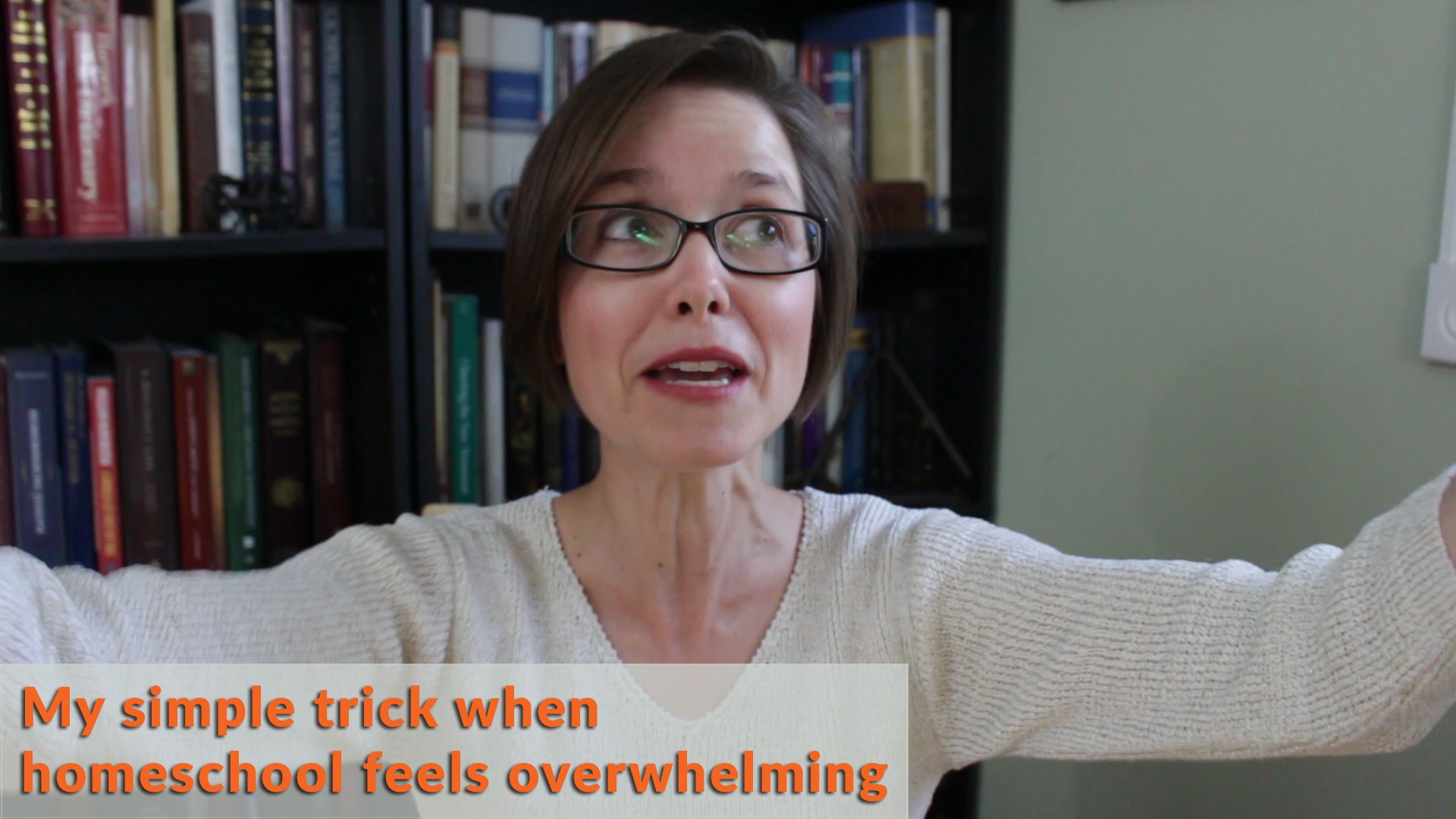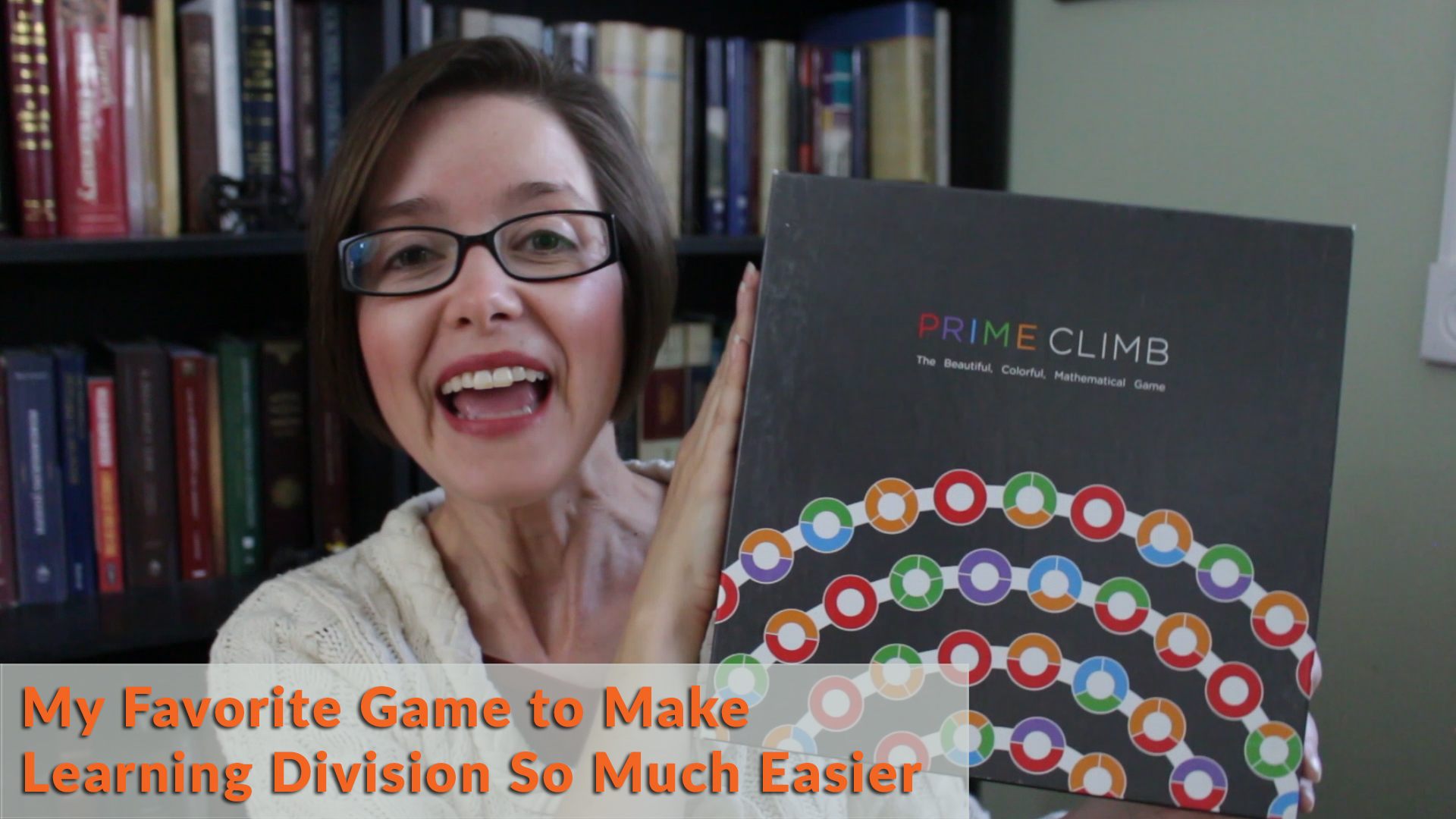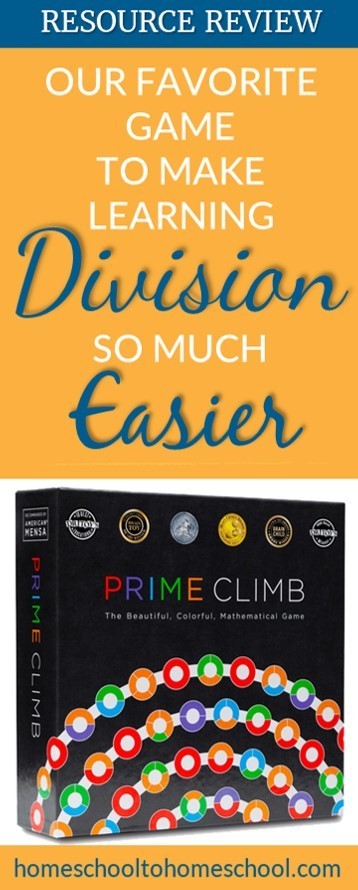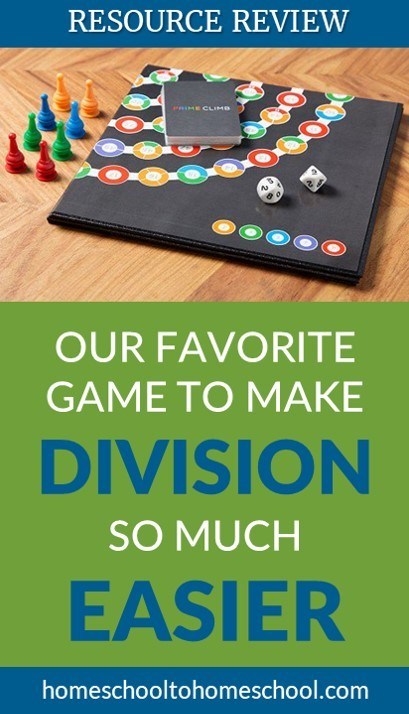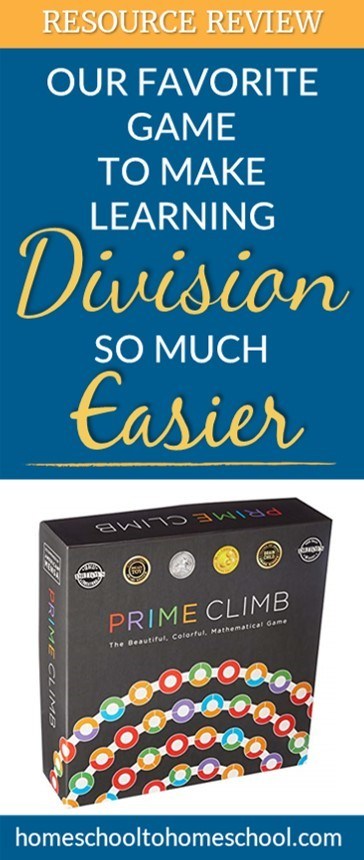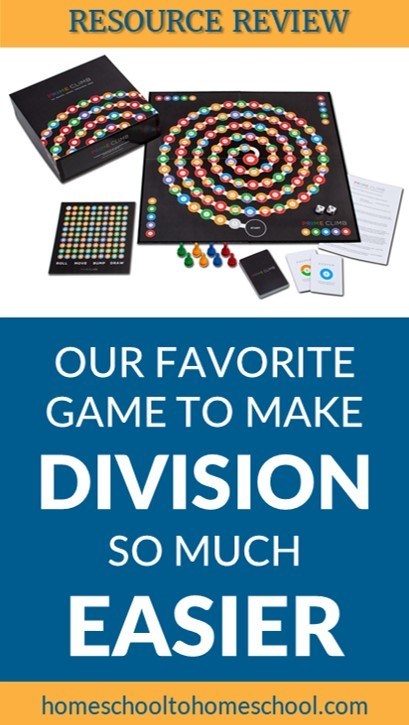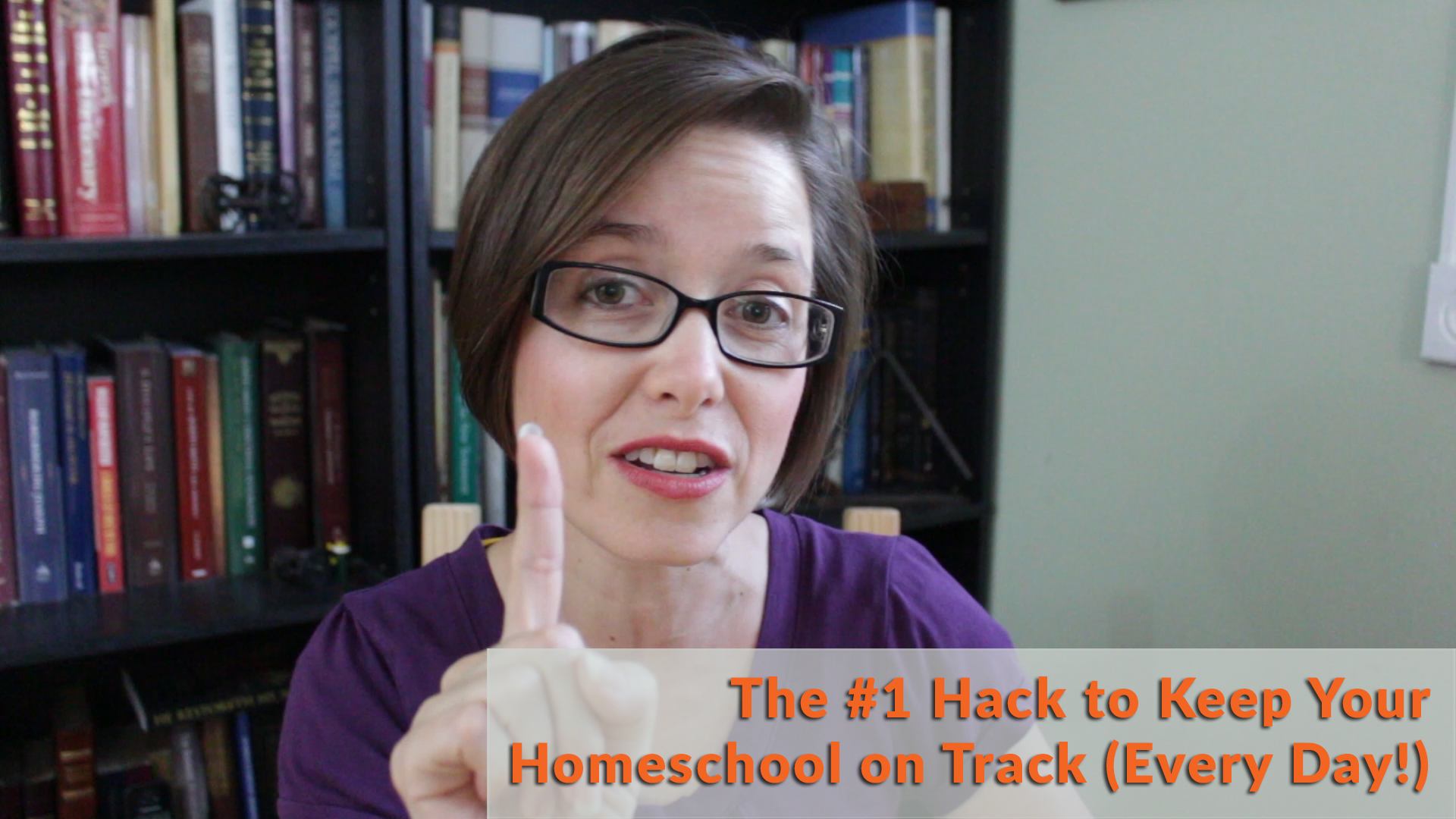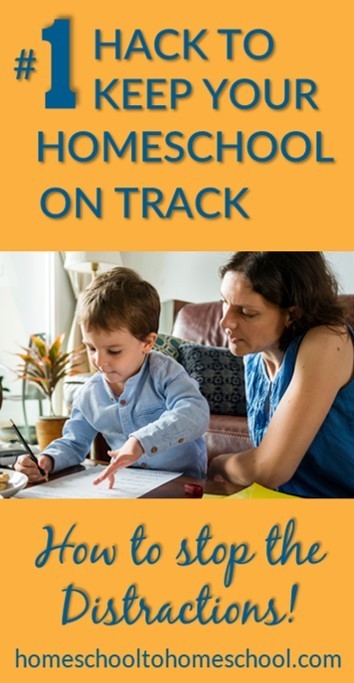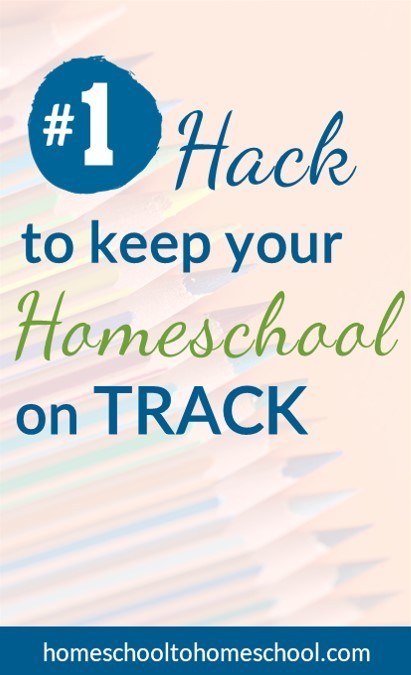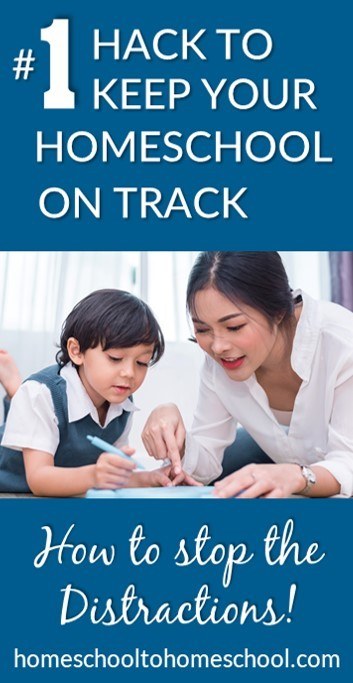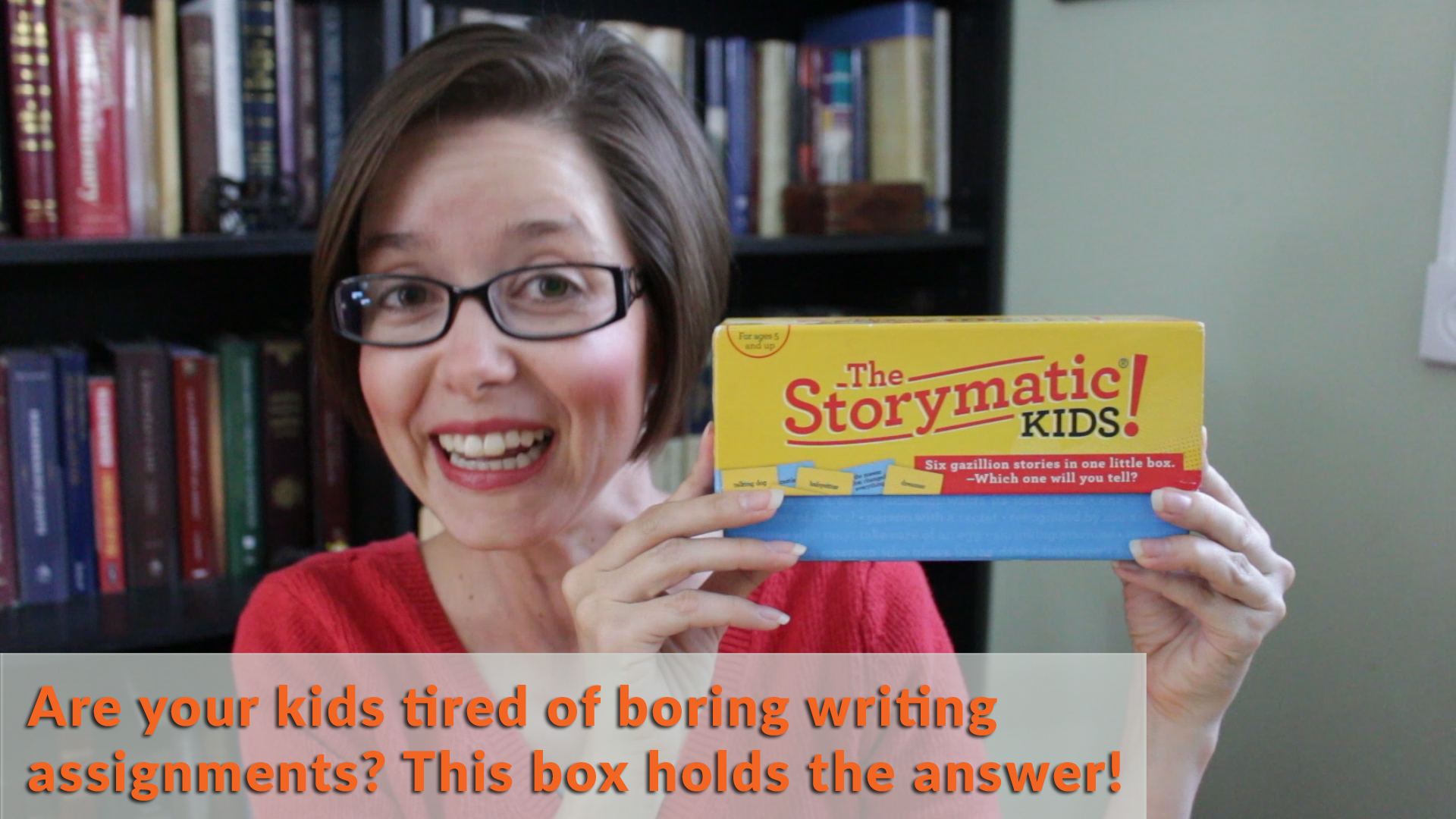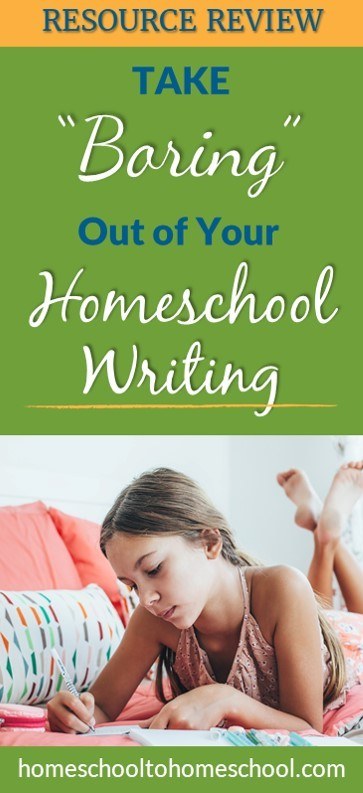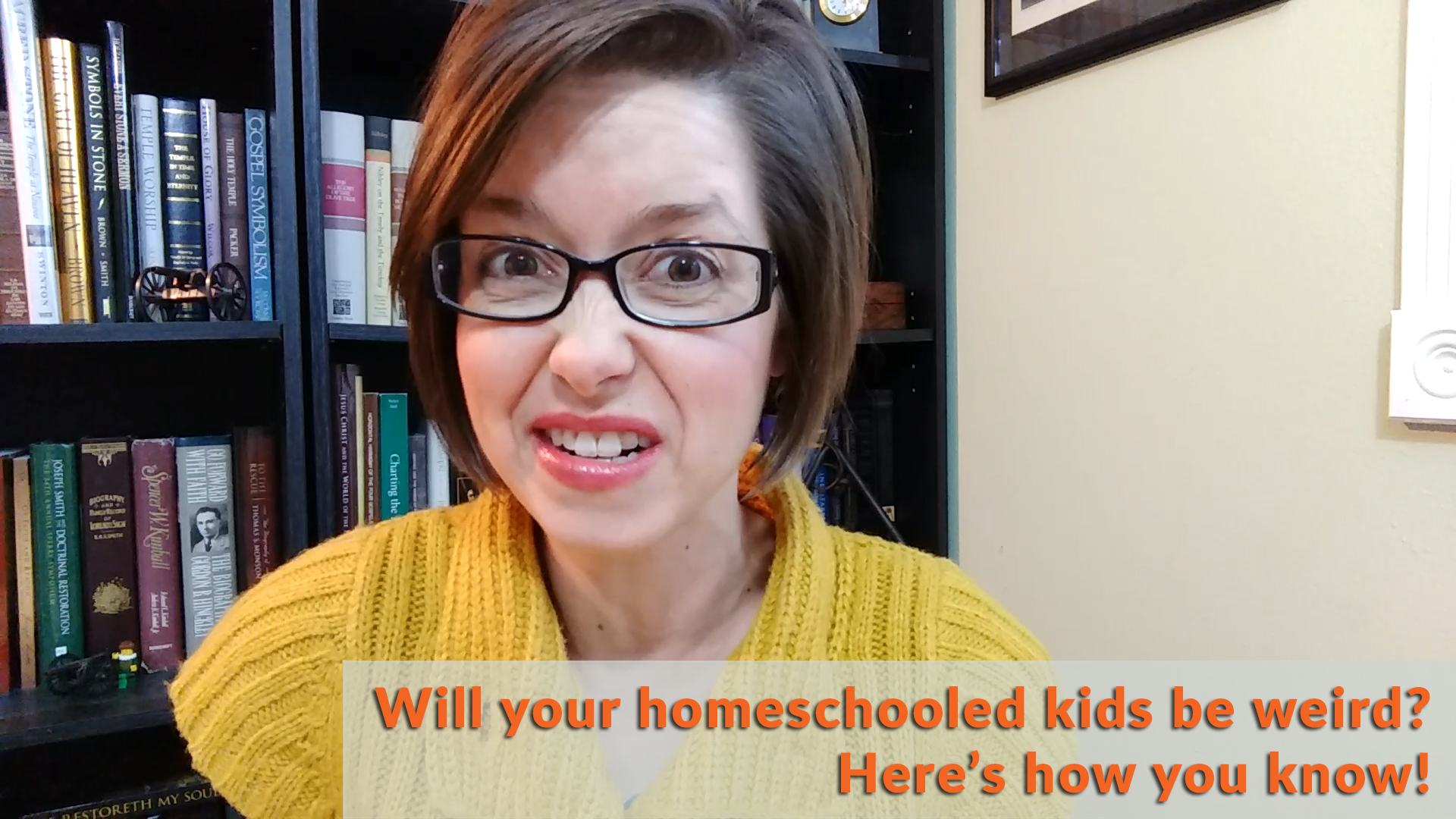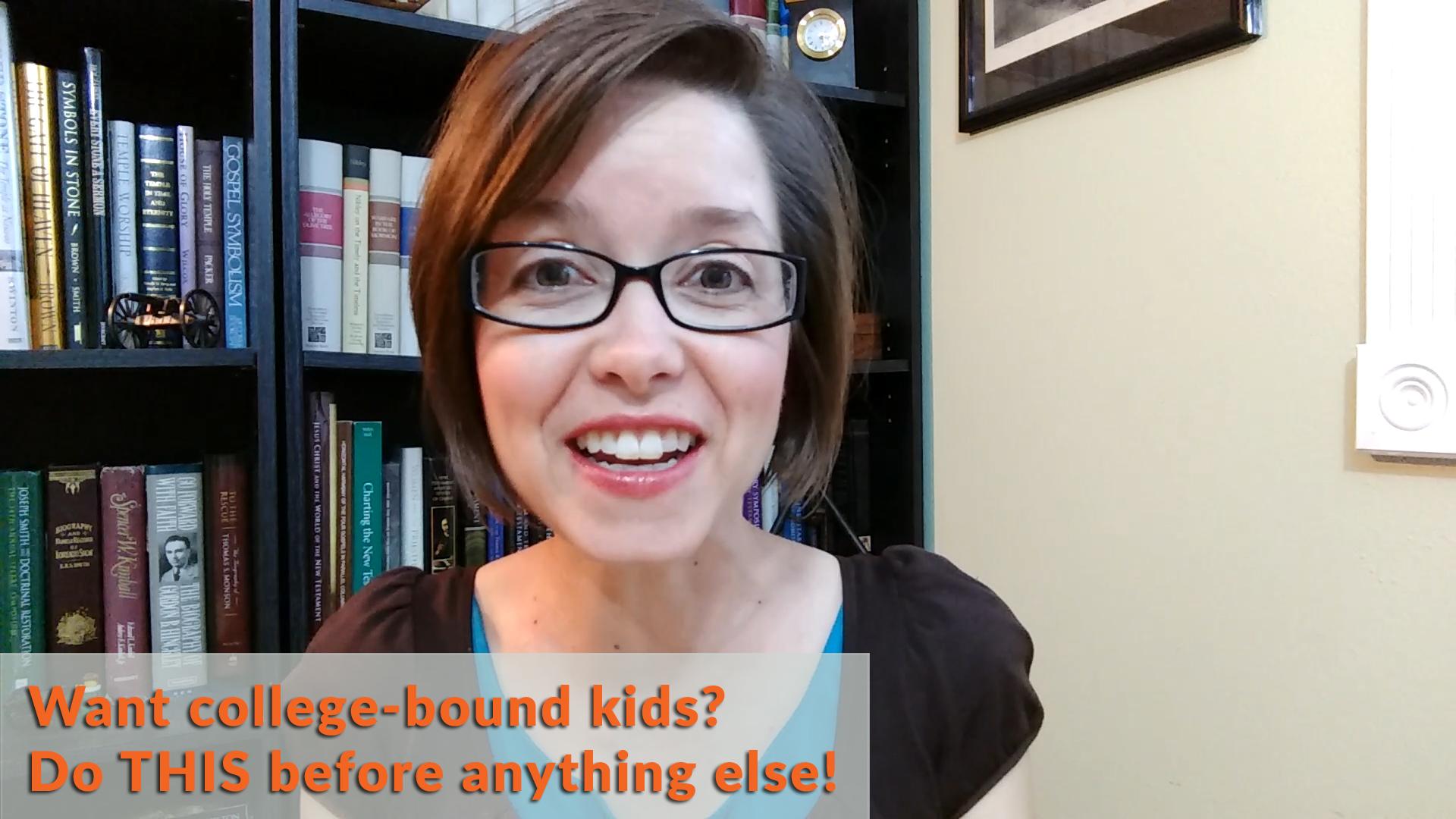But underneath, I felt like I was drowning.
Almost daily, I would feel the weight of everything that I was trying to do (especially when it was time to fix dinner), and I would start to feel the tightening in my chest.
Too much. Too much.
My brain would start to shut down.
Same went when I was trying to find a new curriculum or homeschool solution.
I would see all the options, and overwhelm would wash over me.
But then I learned one simple trick that has RADICALLY shifted things when I start to feel this way.
It’s so easy .. so simple … and ANYONE can do it.
Ready to feel Confident and Successful as you homeschool?
Register below to watch my FREE CLASS
Confident Homeschool Secrets
7 Ways to Create a Homeschool That Works (and you LOVE!)
Transcript
Hey guys, ToriAnn Perkey here! From my homeschool to your homeschool, let's talk about overwhelmed. Do you feel overwhelmed in your homeschool sometimes?
I know I do.
It is totally normal sometimes to look at everything you have to do and all the responsibility you've taken on and to feel a little overwhelmed. There are books to choose and assignments to give. And there is the house to run, and there are kids to be nurtured.
And all of that is sitting on your shoulders, and you're thinking, “I have taken this on. I'm in charge of raising these little people into big people who are going to be successful, and capable, and contributing members of society that are happy.”
That's a lot. That's a lot, you guys, and it's so normal to sometimes want to climb in your closet and eat your Ben & Jerry's and hide. And I have sometimes been guilty of needing more than one shower in a day just so that I can tune out my children for a while. I totally get it.
The thing I want to teach you today is not something that's going to make everything better. I totally get that there's a lot going on in your life and there are so many things you have to figure out. But I also know that overwhelm does come more or less based on the way you're thinking.
Your mind is this amazing, amazing tool, and if you think you can't handle everything in your life, the brain starts to say, “I must save you. I must save you.” So what it does is it starts to scoop up and send out all those hormones that make you start to feel anxious and depressed because those are the things that will keep you safe. It pushes away all of the bad stuff, and it keeps your body safe because your brain's #1 job is to keep you alive.
So, if you're feeling like there's too much, your brain's going to start doing stuff to keep you alive. But you don't like those feelings because those feelings keep you from doing the very things that will help you - they keep you from problem solving, they keep you from moving forward.
So, when you start to feel overwhelmed, the simple trick that I've started to use that I love is I can actually rewrite the way I'm perceiving the things around me.
Now, it doesn't actually change anything, but it changes how I interact with them, and that is huge because if I believe that I have more power and control over the things that are all around me -- not like being a dictator control where I can suddenly force my children to do things -- but if I believe that I can control and change through problem-solving my environment, then I start to calm down. I start to feel more capable. I start to feel more confident. And this trick has made all the difference.
This is one that I use all the time. Sometimes I use it multiple times a day. So, here it is. Any time I'm feeling overwhelmed and the thoughts are rushing at me and I'm like, “I don't know if I can do all this,” I say three simple phrases: This is simple. This is easy. This is fun. This is simple, this is easy, this is fun. I chant it over and over and over again. This is simple. This is easy. This is fun. This is simple. This is easy. This is fun.
So, if I'm looking at 15 different options for curriculum for a spelling curriculum, for example, I'm like, “You got to teach spelling, and I got to figure that out, and oh my gosh ... I think, “This is simple. This is easy. This is fun. This is simple. This is easy. This is fun.” And my brain goes, “Oh, this is simple. This is easy. This is fun.” And I can calm down, and I can start to think.
If it's 4:30 pm, and I haven't figured dinner -- or it's 5 o'clock or 6 o'clock, and I haven't figured out dinner -- and I'm thinking, “What I'm going to feed my family? What I'm going to feed my family?” And I start to feel that anxiety build -- This is simple. This is easy. This is fun. This is simple. This is easy. This is fun. And as I say that, my brain calms down. The chemicals in my brain start to dissipate, and I think, “I can do this. This is simple, this is easy, this is fun.”
Say it with me -- This is simple. This is easy. This is fun. Don't you see? When you tell your brain how you want something to be, it becomes a reality for your brain. I know it's kind of crazy, but it works. It's worked in my life over and over and over again.
It's a simple trick that I use whenever I started to feel overwhelmed, and it has radically taken the overwhelm out of my homeschool and put me in a place of peaceful, calm problem solving. Wahoo! Which is what we all want, right? This is simple. This is easy. This is fun. Awesome.
I'm ToriAnn Perkey, and from my homeschool to your homeschool, I make these videos every single week so that you can be a super successful and confident homeschool mom.
Save for later by pinning to your favorite Pinterest board!


